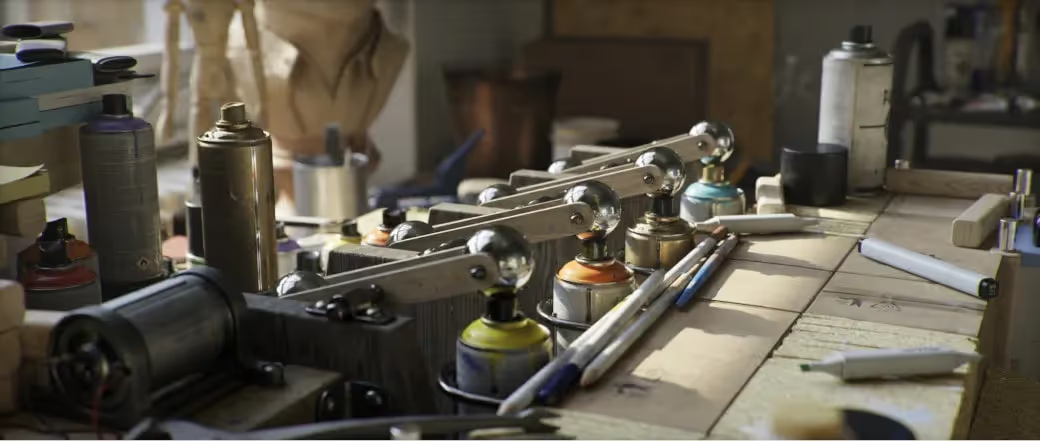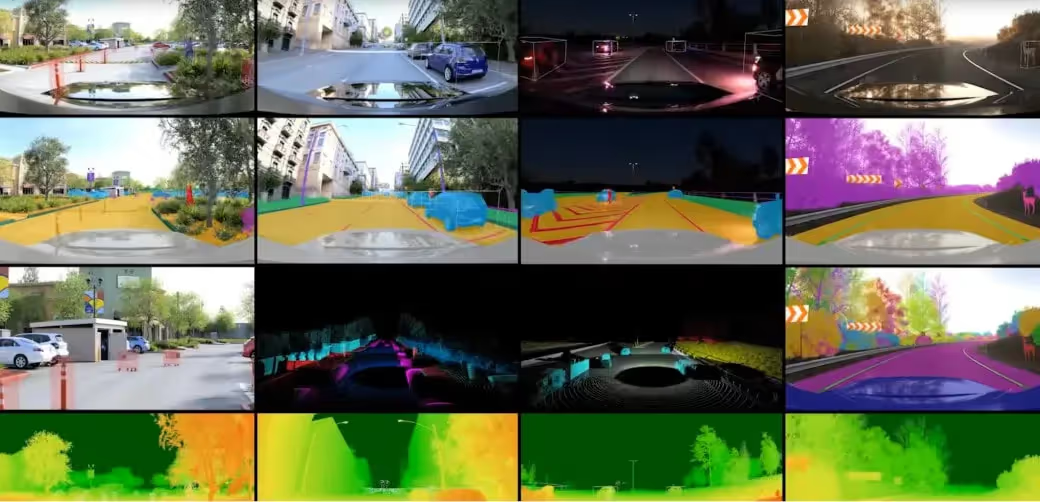
The metaverse is set to become the next step in the evolution of the internet, combining the raw power of the internet as we know it with immersive media platforms like virtual and mixed-reality projects. Yet, after years of hearing about the potential of the metaverse, few mass-market solutions have come to fruition as promised. Meta’s investment in the Quest platform has yet to pay off on its potential, while other aging tech giants seem unsure how to wrangle the concept of the metaverse.
But for those in the 3D community, the metaverse is too important to ignore despite its rocky future. In one way or another, the metaverse will be a major platform for content in the coming years, and NVIDIA’s Omniverse platform is set to be one of the major players. The Omniverse is designed to integrate the many concepts of the metaverse into a versatile platform that companies and users can use to build metaverse experiences and tools. The concept is bold, especially since NVIDIA charges a hefty fee for enterprise users. Yet, it is one of the few industry standards being built at the moment that seems to be gaining traction. Additionally, the platform already works on NVIDIA’s existing RTX graphics cards, making local rendering and rendering using online render services simple.
So let’s take a look at NVIDIA’s Omniverse and how it is set to change the course of the 3D industry and the workflows of the artists behind it.
In a nutshell, the NVIDIA Omniverse is a platform that enables real-time collaboration and simulation for designers and engineers. It utilizes NVIDIA's RTX technology to visualize complex models and environments with high accuracy and fidelity. By facilitating seamless collaboration between geographically dispersed teams, Omniverse can help reduce development and testing time and bring new products to market faster.
So how exactly does the Omniverse work? On the surface, the tool seems a little ambiguous, but this is because of the wide variety of data NVIDIA has designed it to work with. The Omniverse is designed to be a hub for building 3D experiences and digital twins that are augmented by real-world data. If you can think of a use case, odds are, the Omniverse supports it. From production collaboration to VR environments and scientific simulations, the platform handles everything 3D.
At its core, the Omniverse platform is built on Pixar’s Universal Scene Description (USD) standard. USD is a framework that Pixar developed for its own pipeline before sourcing it for the wider 3D community. The fact that the Omniverse is built on USD means that it is inherently compatible with almost all 3D software from the beginning. From 3ds Max and Maya to Cesium, Blender, or Adobe Substance 3D Painter, the platform natively connects to pretty much anything.

On top of USD, NVIDIA has built a series of apps and development frameworks for building workflows and applications that allow multiple users, datasets, and applications to interact. At first, this might seem commonplace, USD itself already promises many of the benefits that the Omniverse highlights. But NVIDIA has merged these benefits into a platform that is much more than the sum of its parts. Anyone from developers, to artists can work with and expand the abilities of the platform, making it a perfect tool for studios to integrate at every part of their pipeline.
For example, the Omniverse promises to support real-time AI-driven physical simulations based on real-world sensor data merged with virtual 3D data. NVIDIA believes that the capabilities will be good enough for anyone from warehouse operators to scientists to use the Omniverse to manage their data and create accurate simulations. Apart from these industries, the platform is also set to be a truly next-gen game platform. Examples like NVIDIA’s Marbles RTX demo show that 3D tools combined with simulation and AI tools can result in some crazy-good playable experiences.
Advances in project collaboration are some of the greatest innovations the Omniverse brings. The platform allows dozens of artists to combine and visualize their work in a single real-time scene. While this is a promise the industry has repeatedly heard, NVIDIA’s tools have come the closest to delivering. For example, NVIDIA’s USD Composer lets artists build scenes from various datasets while tracking asset and scene modifications by the rest of their team. Aside from productivity improvements, the collaborative aspect will allow artists to focus on their creative output rather than wrangling with data imports, exports, and changes.
The Omniverse may also have an impact on the core workflows of 3D artists. Due to software incompatibilities, studios often choose a carefully considered software-centric workflow where each piece interlocks with the next. The wide compatibility of the Omniverse has the power to change that by making the platform the hub for integrating all the tools artists may want to use. Workflows can become more flexible and open than ever by allowing artists to use the tools they need and know rather than the ones mandated by the workflow.

The physics simulations that the Omniverse can generate are perhaps the most anticipated feature of the platform. Simulations are known for being highly time-intensive tasks, requiring careful consideration of workflows and software choices. The Omniverse’s simulations, however, integrate into the rest of the Omniverse platform using NVIDIA’s PhysX framework, meaning no additional software is needed to add simulations to a project. The simulations the platform creates are highly accurate and are designed for any use case, including game simulations, film VFX, and even architectural engineering simulations.
Although the Omniverse brings a lot of power to artists, it also requires some in return. One of the core aspects of the platform is its integration with NVIDIA’s RTX graphics cards and servers. The perk to this is that for many projects, it doesn’t require any special hardware, meaning games and apps developed with the Omniverse can be used by customers on their existing gaming PCs and workstations.

However, for more power-hungry projects, like PhysX simulations and film-quality ray-traced environments, NVIDIA suggests using its commercial-grade GPU lineup. Using a render farm is often the best way to access the power that the Omniverse needs. Cloud rendering services allow artists to offload projects to be rendered on render servers that have the power to process the large and complex 3D environments the Omniverse can generate. Render farms equipped with RTX graphics cards can be the most efficient and scalable way to render projects. Having the flexibility to render whatever is needed whenever adds another layer of freedom to the already impressive abilities of the Omniverse.
The NVIDIA Omniverse and technologies like it are already making big waves in the 3D graphics industry. From gaming, to architectural visualization, to real-time interactive experiences, the platform is targeting all of the latest emerging technology sectors and doing a great job of it.
With the ever-changing landscape of the 3D industry and emerging XR technologies, It’s hard to predict whether the Omniverse will become the new industry standard NVIDIA hopes it will be. Yet, the platform is likely to at least play an important role in the intermediate steps of the metaverse. First-iteration technologies like the Omniverse are often the ones that shape the industry the most, even if the platform isn’t as lasting as the industry itself. Because of this, it’s worth exploring what the Omniverse can do and how it can be integrated into your current and future 3D projects.